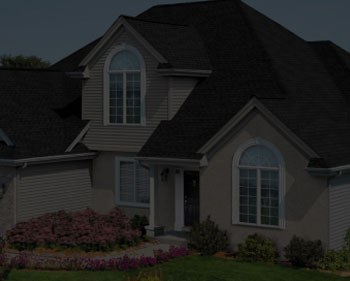
A silicone elastomeric roof coating is a single layer commercial roofing solution that is rolled or sprayed onto an existing roof system to fill in cracks, blisters, and seams. The silicone roof coating does not improve the underlying roof system but gives it an added layer of protection from the elements, extending the life of the roof. A roof coating is a good choice when a commercial roof is in good condition overall but needs added protection due to old age and normal wear and tear.

Elastomeric means that the liquid silicone roof coating has “elastic” properties. The roof coating can expand and contract in extreme temperatures. Silicone roof coatings have a high concentration of solids, making them very flexible and durable. In the summers, the roof coating expands during the heat of the day and contracts after the sun has gone down. In the colder months, the roof coating returns to its original size. The high concentration of solids in silicone roof coatings means they require less material for application, allowing for a single application, which saves time and labor. The coating is seamless, and the expansion and contraction of the roof coating allows the roof to maintain its flexibility while providing protection from any pre-existing weaknesses.
Silicone elastomeric roof coatings can be used on virtually any type of commercial roof substrate. Silicone roof coatings are known as “cool roofs” and provide excellent UV protection. Their reflective properties place a lower heat load on the roof, making the interior of the building more comfortable. Silicone tends to attract dirt and dust, which means that the roof does require maintenance so that it does not lose its reflective benefits. Silicone roof coatings also provide excellent resistance to ponding water, a concern for flat and low-slope commercial roofing systems. Roofs that have highly trafficked areas require the installation of a walk pad, because silicone is slippery when it is wet.

When an aging commercial roof has outlasted its warranty, replacing the roof seems like the obvious choice, but replacing a commercial roofing system is incredibly expensive. If the existing commercial roof is in good condition aside from average wear and tear, its life can be extended with a durable, water resistant roof coating. Since roof coatings are applied directly to the existing roof, money is saved by not having to tear off the existing roof prior to installation.

A flat or low-slope commercial roofing system needs to be thoroughly inspected for any saturated insulation under the existing roof membrane. If saturated areas are detected, they need to be removed and replaced before the roof coating is applied. The roof surface needs to be properly prepped by cleaning the roof to remove any debris or contaminants that could inhibit the adhesion of the silicone roof coating to the existing roof substrate. If necessary, a primer is used, and the seams of the existing membrane are reinforced. After the roof is prepped, the silicone elastomeric roof coating is sprayed or rolled over the entire surface of the existing roof. It is important to note that if you plan on installing a different roofing system in the future, the silicone layer will have to be removed.

After a hailstorm, you should have your commercial roof inspected. Hail impacts have the potential to compromise the watertight integrity of your commercial roofing system. Clear visual evidence of damage will be seen as cracks, fractures, indentations, or membrane punctures and these need to be addressed immediately. However, less obvious damage can lead to leaks and failure in the future. Even if leaks do not occur, the roofing membrane can be weakened, shortening its life expectancy. Hail can weaken the adhesive bond between the membrane and the insulation, which can worsen over time and an extreme weather event in the future could cause the membrane to completely detach from the insulation. At Orbit Roofing, we can provide a comprehensive assessment of the health of your commercial roofing system and work with you and your insurance carrier to find a cost effective solution for your commercial roofing needs.





